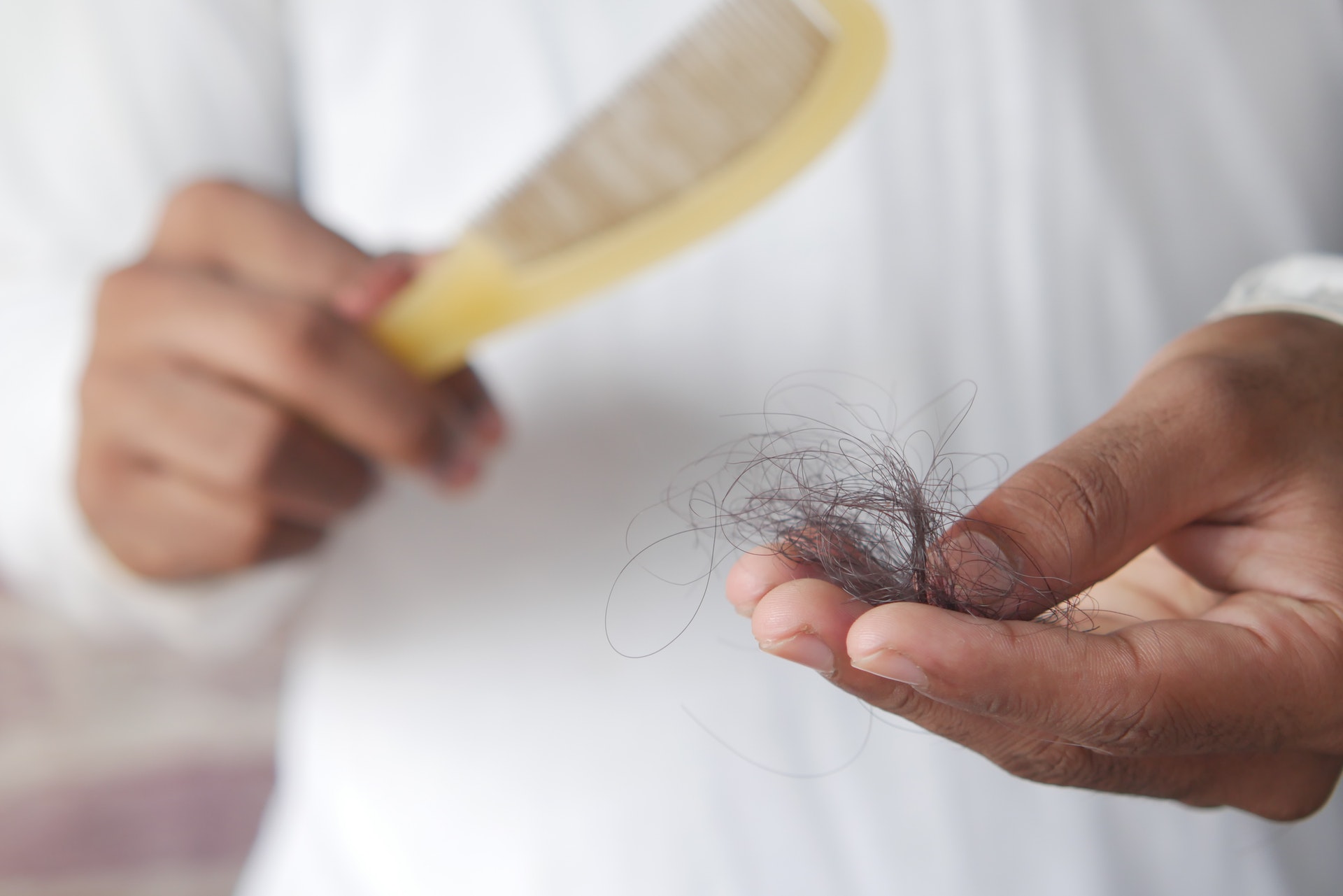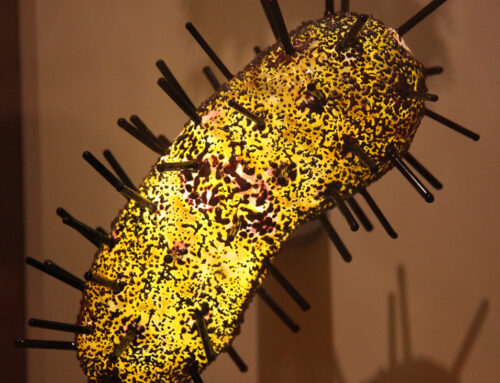At the 2022 Academy Awards, Will Smith shocked the world when he walked onstage to slap Chris Rock who made a joke about Jada Pinkett Smith’s baldness. Rock implied Pinkett Smith could be in GI Jane 2 – referring to a movie where Demi Moore shaves her head bald.
Pinkette Smith has an autoimmune condition called alopecia areata which causes the immune system to attack the hair follicles; thus, causing hair loss. It’s not funny to make a joke about somebody’s condition especially since it is out of their control; thus the slapping.
So, what is Alopecia Aearata, anyway? Let’s find out.
What is Alopecia Areata
Alopecia areata is an autoimmune disorder that causes your hair to fall out, often in small coin-sized clumps, but in some cases, hair loss is more extensive. This disease develops when the body attacks its hair follicles which causes hair loss anywhere in the body. Hair follicles are the structures of the skin that form the hair. Alopecia areata usually affects the hair on the head and face. Most people with this disease are healthy and don’t have any other symptoms.
Some people experience hair loss that comes throughout their life, others may have one episode and never return. There are also instances where the hair regrows fully.
There is no cure for alopecia areata, but there are treatments that help the hair grow back quickly.
Who Gets This Condition?
Anyone can have this condition. Men and women get it and it also affects all racial and ethnic groups. This condition can occur at any age and if it occurs in children younger than 10, it tends to be more progressive.
If you have relatives that have this disease, you may also have a higher risk of getting it. Sometimes, even if your family does not have this disease, you can get it as well.
People with certain autoimmune diseases such as vitiligo and thyroid disease are more likely to get alopecia areata.
People who are experiencing emotional stress or illness are at risk of this condition, but in most cases, there is no obvious trigger.
Types
There are three types of alopecia areata:
Alopecia Universalis – is a rare type of this disease in which there is the complete or nearly complete loss of hair on the head, face, and the rest of the body.
Alopecia totalis – this type of condition will have you lose all or nearly all of the hair in the head.
Patchy alopecia areata – this is the most common type and hair loss happens in one or more coin-sized patches on the head or other parts of the body.
Symptoms
The only symptom of alopecia areata is sudden hair loss. The patches of hair loss can grow larger and sometimes it becomes a large bald spot. Other symptoms that you have this condition include:
- Hair starts to regrow on its own where it fell out
- Gray and white hairs remain where you have hair loss
- Hair starts growing in a bald spot and starts falling out in another area
- Hair loss occurs during the colder months of the year.
- Nail changes such as ridges or pits may occur in some people, particularly those who have extensive hair loss.
Alopecia areata doesn’t cause pain or other symptoms. But some people reported that right before they lose their hair, they feel itching, tingling, and burning on the skin where the hair will fall out.
Causes
In alopecia areata, the immune system mistakenly attacks hair follicles. Researchers do not fully understand why the immune system attacks hair follicles, but they believe that genetic and environmental factors both play a role.
Treatment
This condition cannot be cured, but it can be treated to grow back. If you have this condition, here are some treatments:
Minoxidil. This treatment is used to treat pattern baldness, but it can be used to regrow the hair affected by this condition. It usually takes 12 weeks before you see progress, but set your expectations low as the response of minoxidil to this condition is low.
Corticosteroids. These anti-inflammatory drugs are for the treatment of autoimmune diseases. It can be injected into the scalp or other areas. It can also be taken as a pill or rubbed on the skin as an ointment.
Topical immunotherapy. This is used when there’s a lot of hair loss or when it happens more than once. Chemicals are applied to the scalp to create an allergic reaction. If it works, the reaction will actually make the hair grow back.




